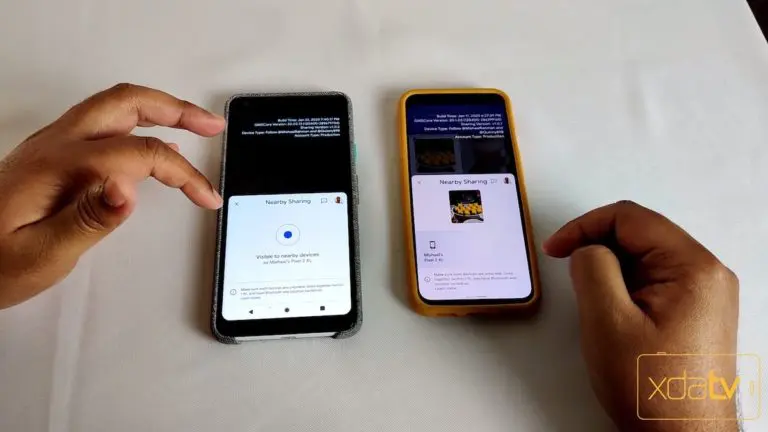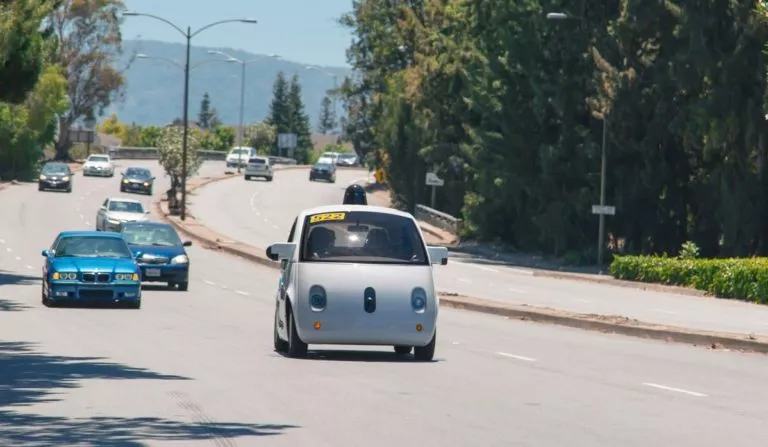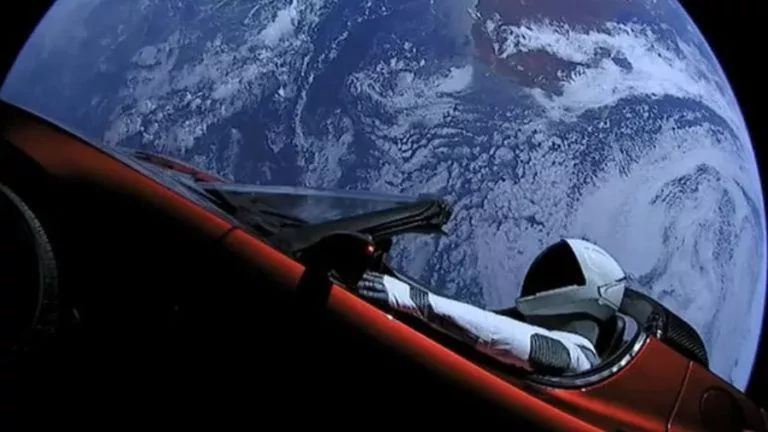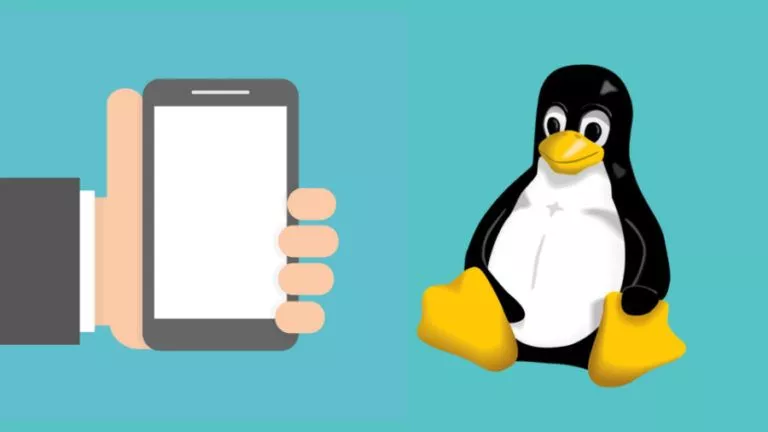Two Researchers Tell How Entire Internet Could Be Stored In A Test Tube
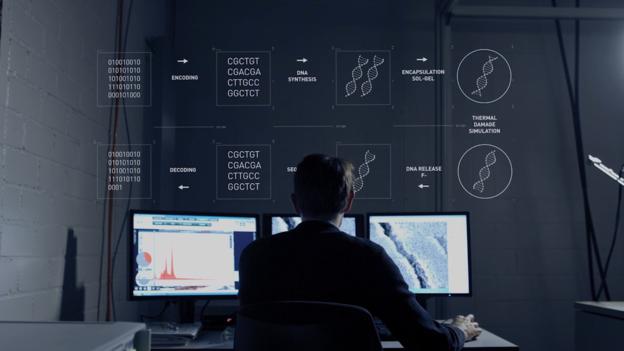
 Short Bytes: Swiss researchers Robert Grass and Reinhard Heckel have described their quest to find a way to preserve the information using DNA in a recent BBC interview. Their method deals with storing the data in form of a DNA capsule in stable glass to prevent degradation.
Short Bytes: Swiss researchers Robert Grass and Reinhard Heckel have described their quest to find a way to preserve the information using DNA in a recent BBC interview. Their method deals with storing the data in form of a DNA capsule in stable glass to prevent degradation.
In the year 2013, scientists managed to sequence genetic code in 700,000-year-old bones of a horse. This stored data was found to be retrievable and paved the path for future research. Continuing their work, in a recent interview for BBC, the researchers Robert Grass and Reinhard Heckel of ETH Zurich described their journey to find a way to preserve the information using DNA.
“We know that if you just store it lying around, you lose information,” says Robert Grass, explaining his research to extend the longevity of DNA.
They studied the way information is stored on a DNA. If you remember the high school biology, you would remember the fact that DNA’s language is based on a sequence of nucleotides (A,C,T, and G) that work like binary “0” and “1”.
Grass took the inspiration from the science behind the ancient fossils. As DNA decays by reacting with oxygen and water, the Swiss researchers devised a way to pack the DNA capsule in stable glass to prevent degradation. Read more here to know more about this method.
To store 83 kilobytes, it costs about £1000 – thus this method to store world’s current knowledge is too expensive. “If you look at how we look at the Middle Ages, it’s very influenced by what information has been stored,” he says. “It’s very important that we get a relatively neutral documentation of our current time and store that.”
You can watch the full interview at BBC and know about their future plans.
Also read: How Do Hard Drives Work and Store Tons of Data?
[adinserter block=”12″][adinserter block=”13″]

